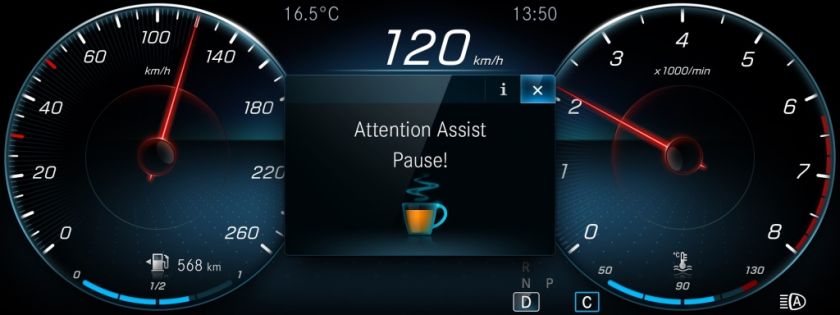
Although women are able to perform difficult tasks, some technical issues can sometimes prove to be a stumbling block for even the smartest of us. Don't panic, if you're not too familiar with your car's dashboard – you're not the only one! What to do, if an unprecedented warning is triggered, but there is no one nearby to ask for advice
Traffic light – a simple guide to the world of lights
Each vehicle has more than 60 different signal lights on the dashboard. Depending on the manufacturer, brand, and year of manufacture, their design may vary, the number of lights may vary slightly – the higher-end and better-equipped vehicles will have more of them, but the function of these signal lights is the same for all vehicles.
Jānis Dambītis, a product and CRM specialist at SIA Domenikss, recommends keeping in mind a handy "reference" – signal lights on the dashboard are like traffic lights on the street. Green light indicates that everything is in order; yellow warning – something is not really good, should go to the service; red says – stop!
“All signal lights may be conditionally divided into two large groups – informative and alerting. Information signals, usually green or blue, inform the driver that the position lights, low beam or high beam (or other) are on. However the warning lights – yellow and red ones – indicate different defects, often before the driver has sensed or heard them,” explains Jānis Dambītis.
How to learn to "talk to" the vehicle's alarm system?
“When you buy a vehicle, any vehicle comes with issued manual for driving the vehicle. One of the driver's main tasks is to get acquainted with all the signals on the dashboard right from the start, and the manual is also the first source to look for information when the warning light comes on,” recalls Jānis Dambītis.
He adds that it is more common in our society to not read instructions completely or not at all and learn the devices in action. Relatively simple devices like a phone or a mixer maybe can handle it, but ignorance of vehicle signals can end in disaster: ignoring warnings and failing to fix problems in a timely manner can cost you several thousand euros to repair.
The expert advises that when the warning light comes on, it would be most appropriate to go to the service at the first opportunity: “The yellow lights may indicate a trifle that will safely allow driving up to another 1,000 kilometres, but it can also be a warning of a serious fault. And if the red light comes on, you can't go any further and it's best to call your trusty dealer right away!”
Yellow light – schedule a service visit!
The most popular and the most serious of the yellow signal lights is Check Engine. It is connected to the engine control unit and all electronic systems associated with it. This warning lamp warns you of potential damage to the engine and related electronic systems, so if it is lit, it is a serious warning.
Yellow light may also indicate tire pressure problems or may indicate a run out of window fluid. Similarly, the yellow lights remind of burned-out position lights or low beams, turned on and forgotten window heater or a separate system, such as a particulate filter. If the lamp does not go out within half an hour and is not related to the window fluid level, it would be wiser to go to a service where a specialist will test the vehicle with a system analyzer.
“When the yellow light comes on, you can continue to participate in traffic, but you should not delay your service visit. Technique is technique, sometimes the yellow signal shows a smaller problem, even though the signal should actually light up Check Engine, so you do not need to take any excessive risks,” says Jānis Dambītis.
Red light – no further driving!
“The red warning signal is usually associated with dangerous situations, so you have to step aside right away. For example, by ignoring the oil pressure level in the engine, as reported by the red oil canister icon, you can say goodbye to the engine, but a new engine costs about half the price of the vehicle. Red lights also warn of battery problems, brake defects, steering damage or overheating,” warns Jānis Dambītis. There is only one possible solution in this situation – to call for roadside assistance or tow truck and have the car serviced immediately by your nearest dealer.
Occasionally red signals refer to situations where some drivers might decide to keep going – for example, when the airbags are not working. "It may seem okay to drive, but do we really need to put ourselves in excessive danger in the event of an accident?" says Jānis Dambītis, product and CRM specialist at SIA “Domenikss”. “The signal lights on the dashboard are built into for the safety of the occupants. Of course, warning signals do not always show something dramatic, for example for drivers of Mercedes-Benz a red triangle on the dashboard tells to drive carefully or follow the distance. However, by following the instructions and timely preventing the problems can improve the road safety, reduce costs and eliminate risks to the lives and health of the occupants.”



